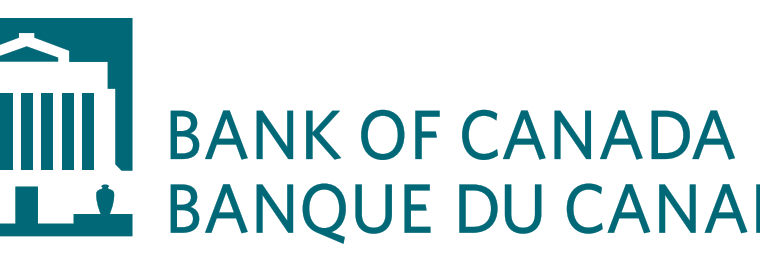Good afternoon, Mr. Chairman and committee members. Senior Deputy Governor Wilkins and I welcome the opportunity to appear before you to discuss the Bank of Canada’s actions in response to the coronavirus pandemic.
Since the pandemic began, the Bank has had two goals in mind. In the short term, we have been working to help Canadian households and businesses bridge the crisis period. Our longer-term goal is to provide a strong foundation for economic recovery.
Both of these goals require a well-functioning financial system to ensure the success of the extraordinary fiscal response that has been put in place. So, let me talk about our actions that are aimed at financial-market functioning. Then I will discuss our monetary policy response.
The Bank acted rapidly and forcefully over the past couple of months to implement several programs and facilities aimed at supplying needed liquidity and supporting core financial markets. This effort was crucial to keep credit flowing to households and businesses so they could continue to meet their basic needs.
These programs include our ongoing weekly purchases of at least $5 billion of Government of Canada bonds to support the liquidity and efficiency of this foundational market. We have increased our participation in the federal government’s treasury bill auctions. We are also helping ensure the proper functioning of provincial debt markets by buying new provincial money market securities and provincial bonds in the secondary market.
We have taken a number of steps to ensure financial institutions have reliable access to ample liquidity. These steps include enhanced repo facilities—which allow banks and other primary dealers to borrow cash from us by using their assets as collateral. This helps financial institutions better manage their liquidity risks. We have expanded the list of institutions that can access our lending as well as the types of collateral they can pledge, and these facilities can now provide funding for up to 24 months.
Further, we have established a program to buy Canada Mortgage Bonds—up to $500 million per week. This is to support the healthy functioning of an important market for mortgage lending to Canadians. Together, all these facilities should improve liquidity and funding conditions for lenders, which will help businesses and households access the credit they need. It will also help Canadians benefit more from our monetary stimulus during the recovery period.
To ease strains in key funding markets for Canadian companies, we started programs to buy bankers’ acceptances and commercial paper. And we have just begun a program to buy $10 billion of high-quality corporate bonds in the secondary market.
We reported on the early results from these programs in our Financial System Review, which we published earlier this month. To summarize, we have succeeded in restoring good functioning to many key financial markets that had been showing signs of significant stress. We can see that bid-ask spreads and yield spreads in many markets have narrowed significantly. Access to liquidity for financial institutions has greatly improved. And many of our programs to support financial markets are being used less and less as conditions stabilize.
In terms of monetary policy, the Bank has reduced its policy interest rate by a total of 150 basis points to 0.25 percent—the effective lower bound. We took these actions based on our analysis of the factors we could see right away—the impact of measures to contain the spread of COVID-19 and the collapse in oil prices. It is worth noting that even if Canada had not seen a single case of COVID-19, the economy would have required increased monetary stimulus because of the fallout from lower oil prices.
The reduction in our policy rate is entirely consistent with the inflation-targeting agreement under which we operate. We know that to bring inflation back to the target, it is necessary to stabilize the economy and then return economic output and employment to their potential. Lowering our policy rate to the effective lower bound is the best contribution we can make at this time to complement the government’s fiscal efforts and lay the groundwork for the eventual recovery.
We know that monetary policy will have less ability to deliver stimulus right now, given that much of the economy is either shut down or activity is significantly reduced. However, the combination of aggressive fiscal action by governments and monetary stimulus by the Bank, supported by our actions to ensure well-functioning financial markets, will create the best possible foundation for the recovery period.
In closing, let me emphasize that there is considerable uncertainty about the future course of the pandemic. The Bank is prepared to augment the scale of any of its programs if needed to support market functioning. And if further monetary stimulus is required to meet our inflation targets, the Bank has tools available to deliver that stimulus.
With that, Senior Deputy Governor Wilkins and I would be happy to take your questions.












